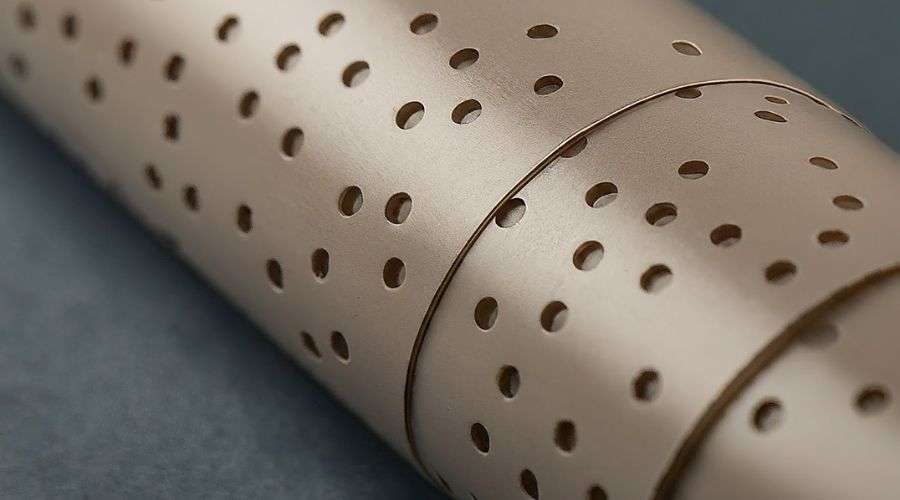


The food packaging industry is constantly evolving, driven by factors like consumer preferences, environmental concerns, and technological advancements. While there are numerous materials used for food packaging, one type has emerged as the most prevalent in recent years: perforated plastic film.
Perforated plastic film has become the go-to choice for many food applications due to its unique combination of benefits:
Perforated plastic film can be adapted to various food types, from fresh produce like fruits and vegetables to baked goods like bread and pastries.
The perforations allow for controlled gas exchange, preventing condensation buildup and extending the shelf life of fresh produce.
Plastic film offers a barrier against moisture, dust, and contamination, safeguarding food quality.
Consumers can easily see the product within, influencing purchasing decisions.
Perforated plastic film is generally a more affordable option compared to some other packaging materials.
However, the widespread use of plastic film raises environmental concerns. Baoshuopack, a company dedicated to sustainable packaging solutions, acknowledges this challenge.
While perforated plastic film offers numerous advantages, Baoshuopack recognizes the importance of sustainable practices. Here are some promising alternatives gaining traction:
Made from plant-based materials like corn starch or cellulose, these options biodegrade after use, minimizing environmental impact.
Paper-based packaging with innovative coatings can offer similar functionality to plastic film while being recyclable.
Encouraging consumers to reuse containers through incentives or deposit programs can significantly reduce waste.
Baoshuopack is at the forefront of developing and promoting sustainable food packaging solutions. They offer a variety of eco-friendly options, including biodegradable films, recycled paper containers, and reusable packaging solutions.
The ideal food packaging is a balance between functionality, cost-effectiveness, and environmental impact. Here are some factors to consider when choosing packaging:
Different foods require specific properties in their packaging to maintain freshness and quality.
The packaging should ensure the product remains safe and delicious throughout its intended shelf life.
Opt for packaging made from recycled materials, biodegradable materials, or designed for reuse when possible.
Baoshuopack understands this complex decision-making process. Their team of experts can guide you towards sustainable food packaging solutions that meet your specific needs, ensuring both product protection and environmental responsibility.
The food packaging industry is constantly innovating, with a growing focus on sustainable materials and practices. Baoshuopack is a leader in this movement, offering eco-friendly solutions without compromising on functionality. As consumers and businesses become increasingly aware of environmental concerns, we can expect a shift towards more sustainable food packaging options in the years to come.